
There is no doubt that the Chinese brand SHEIN has become the largest online fashion retailer with a presence in almost every corner of the world. With its affordable clothing, hundreds of new styles every week and appealing trendy designs specially for young people, SHEIN has positioned itself as the unbeatable giant of fast fashion worldwide, surpassing other popular fashion brands like Zara and H&M.
SHEIN could seem like the dream come true of every single teenager who can afford numerous fashionable outfits to go out with a different look every day and stack their wardrobes with adorable pieces that will not see the light again after they come out of the package. In this way, SHEIN and other fast fashion brands promote overconsumption and pass it off as a desirable and aspirational lifestyle.
Nonetheless, behind this unprecedented success there is more controversy than they could hide. From excessive textile waste to enormous carbon emissions, from lack of transparency to unfair working conditions, we will unveil the dark side of SHEIN and the environmental and ethical consequences of its business practices.
Although diverse initiatives have been stated in the SHEIN Group’s official website to improve the working conditions of their employees, decarbonize their supply chain, source responsible materials, reduce waste and promote circularity in the coming years, the current mass production and sales all around the world, as well as the rising issues with the entire business seem to prove otherwise.
Join us as we take a closer look at the price we, and the planet, pay for fast fashion.
The rise of SHEIN and its business fast fashion business model

SHEIN has become a force to be reckoned with in the fast fashion industry. Founded in 2008 in Nanjing, China, this e-commerce giant has quickly grown to become one of the largest online retailers, offering thousands of trendy clothing items at ridiculously low prices. An average of 2,000 new items are added to its store every day.
In 2022, SHEIN generated $22.7 billion, and it has estimated 88.8 million active shoppers in 2023. They have also projected revenues of $60 billion by 2025. Their website is the most visited for fashion and clothing worldwide and the most downloaded shopping app, exceeding even Amazon’s numbers.
The company follows a business model that emphasizes speed and efficiency, allowing them to quickly produce and distribute new styles to meet ever-changing fashion trends. Its model entails testing new products by launching them in batches of 100 to 200 items, evaluating customer feedback and restocking products that are in demand.
Environmental impact of SHEIN’s fast fashion practices
As attractive as SHEIN’s business model may seem, it comes at a high cost to the environment. Major environmental issues associated with fast fashion brands like SHEIN, like water pollution, greenhouse gas emissions, exposure to toxic chemicals, excessive textile waste and production of tons of carbon dioxide every year, are only a few consequences of SHEIN’s unsustainable practices.
Excessive carbon dioxide emissions
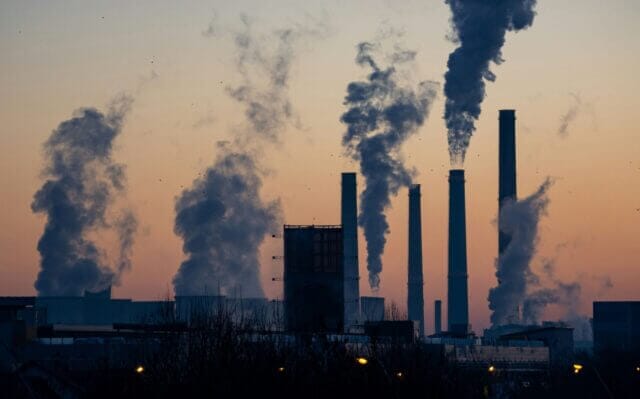
The fashion industry is responsible for releasing more than 10% of carbon emissions every year and SHEIN has made a big contribution to this. Fast fashion brands often rely on global supply chains, which involve the transportation of materials and finished products across long distances. This results in high carbon emissions, contributing to climate change and air pollution.
The global fashion sector is dragging its feet aiming for a net-zero emissions industry by 2050 as part of the commitments made with the United Nations Alliance for Sustainable Fashion. However, brands like SHEIN, instead of getting on track to accelerate the progress towards these goals, seem to be completely stalled or even turning their back on these efforts, prioritizing their own financial success.
SHEIN Group declares on its official website “in 2022, production volume increased by 57% and our emissions increased by 52%. The change in our absolute emissions from 6.04 to 9.17 million tons CO2e from 2021 to 2022 comes from the strong growth of our business”.
They also say that their mitigation journey and decarbonization programs were apparently implemented at the end of fiscal year 2022. However, it seems that their success in the fashion market is increasing too fast, which is overcoming their efforts to ease all the damage caused so far to the environment.
A significant environmental concern associated with fast fashion brands like SHEIN is the carbon emissions generated throughout their supply chains. The production of clothing, transportation of goods, and the energy consumption of online operations all contribute importantly to the brand’s carbon footprint.
According to a report, regardless of SHEIN’s allegedly efficient business model, the rapid use of virgin polyester and large consumption of oil produce the same amount of CO2 as approximately 180 coal-fired power plants.
Water pollution and toxic chemicals
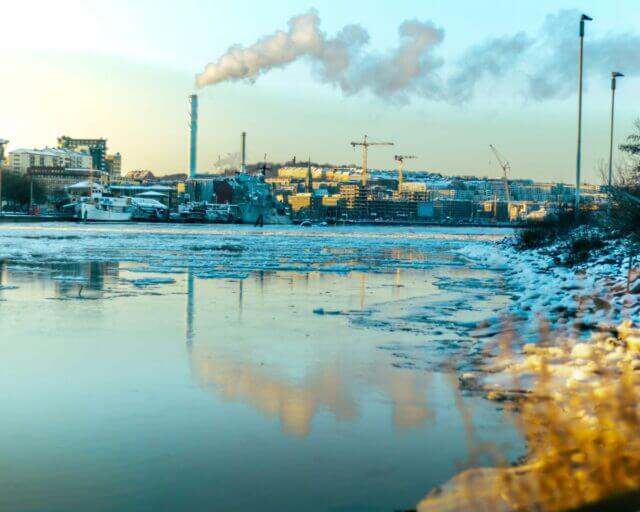
One of the major environmental issues associated with fast fashion brands like SHEIN is water pollution caused by textile dyeing. The fashion industry is one of the largest contributors to water pollution globally, with an estimated 20% of industrial water pollution coming from textile dyeing and treatment processes. The chemicals used in dyeing textiles not only pollute water sources but also have detrimental effects on aquatic life.
A test carried out by Greenpeace in Germany, reveals that hazardous chemicals that break EU regulatory limits have been found in several items purchased from the SHEIN website and a pop-up store, including garments and shoes for men, women and children. In addition, in an investigation by the University of Toronto, scientists found that a jacket for toddlers contained almost 20 times the amount of lead that Health Canada says is safe for children. A purse, also purchased from SHEIN, had more than five times the permitted amount of lead.
Textile waste and unsustainable materials

Fast fashion is notorious for creating massive amounts of textile waste. The “take-make-dispose” model, in which clothing is quickly produced, worn a few times, and then discarded, has led to a staggering amount of clothing ending up in landfills. In fact, it is estimated that around 85% of textiles end up in landfills each year, with SHEIN being one of the main contributors to this problem and to irresponsible consumer behavior.
Remember SHEIN’s model and claims on speed and efficiency? Here is where their numbers play against them. Every day, approximately 2,000 new models are launched in batches of 100-200, which means that nearly 200,000 new items are produced per day. When a product is popular, then it is produced on a larger scale.
The making of this number of garments in this fast-paced production model does not guarantee a sustainable making process or good quality of the final products. Therefore, most of the clothes purchased will be soon disposed of, ending up in a landfill in the Global South, where it can take 200+ years for the materials to decompose leading to long-term pollution of the environment.
The fast fashion retailer has also been linked to forced labor in China. Laboratory testing conducted for Bloomberg News in 2022 found that garments shipped to the US by SHEIN were made with cotton from China’s Xinjiang region, where Uyghur forced labor happens, with a high degree of certainty.
Cotton from the Xinjiang region is currently banned in the US because of forced labor. However, through loopholes in US customs SHEIN is able to bypass import regulations and sell clothes with said cotton in the US market.
SHEIN’s lack of transparency and labor conditions
The environment isn’t the only victim of SHEIN’s unethical practices. There are social implications of these practices, as many textile workers suffer poor working conditions and low wages. In the official website, the fashion brand declares “SHEIN does not own or operate any manufacturing facilities. Instead, we work with a network of contract manufacturers to procure products that carry the SHEIN brand.”
They also claim that they strive to improve the communities they reach and remain accountable to their suppliers through third-party audits, training, and other community programs. Despite these claims, multiple accusations throughout the years prove otherwise.
Unethical practices and working conditions
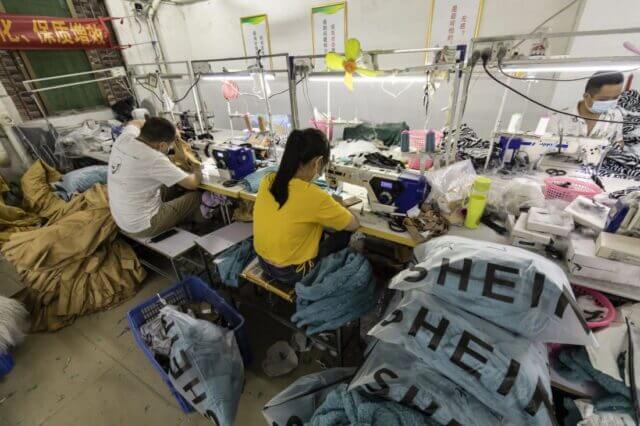
Along with the links to the controversy of forced labor in China, SHEIN has been exposed for subjecting their workers to excessive overtime, in some suppliers, even doing up to 75-hour weeks. A report elaborated by a Swiss non-governmental organization interviewed workers from several factories supplying SHEIN. They reported that the workers clocked three shifts per day, often with only one day off of work per month.
The fact that the workers are paid per item of clothing encourages them to work more hours. In addition, a documentary produced by the British Chanel 4 revealed that SHEIN clothing makers get paid as little as £0.03 per item, to sew at least 500 pieces of clothing per day, working up to 18 hours in a single day.
SHEIN has also failed to present the statement required by the UK’s Modern Slavery Act 2015, an annual statement of the steps taken to ensure slavery and human trafficking are absent from their operations and supply chains.
Intellectual property infringement and design theft
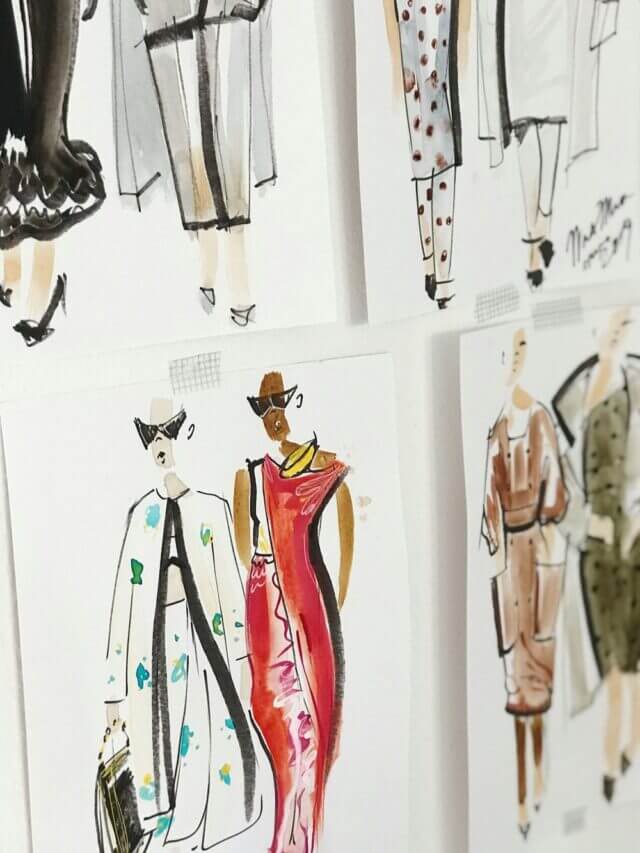
SHEIN has also received backlash for stealing designs from well-known fashion companies, independent designers, and even indigenous cultures, resulting in a long list of complaints and lawsuits against them.
Multiple artists and small fashion retailers have indicated that the fast fashion company has sold exact copies of their designs and they have not sat idle. The creators have exposed the counterfeit in social media, showing the original design and sketches, against the SHEIN copies, evidencing the obvious similarities. Many of the designers and brands have taken legal action by filing suit against the Chinese retailer.
Other brands like Dr. Martens, Ralph Lauren, Levi Strauss & Co., and more recently the Japanese retailer Uniqlo, have also accused SHEIN of committing copyright infringement and selling copies or very similar items to their products, taking advantage of the good reputation of the genuine branded clothing, shoes and accessories.
Even the Mexico’s Culture Secretary questioned SHEIN’s use of Mayan cultural elements in the design of their garments. These elements are considered a product of a collective creativity to the indigenous people in the country and its reproduction without consent is considered plagiarism. The products were removed from the SHEIN website after the claims and the company said there was no intent of infringing anyone’s intellectual property.
SHEIN’s efforts towards sustainability

In recent years, SHEIN has made some efforts to reduce its environmental impact and promote fashion sustainability. The company claims to be committed to reducing its carbon emissions and water consumption, as well as implementing more sustainable practices in its supply chain.
While these initiatives are apparent steps in the right direction, a lot of questions remain about their effectiveness and whether they are enough to offset the significant environmental damage caused by fast fashion.
The lack of information about the results of these initiatives in the SHEIN Group website or in official statements only adds to the opacity of their processes. However, a survey by BCG revealed not very encouraging figures. Just 18% of retailers who had previously set emissions targets were on track to achieving them, while another 35% were stalled in their progress.
SHEIN’s current unsustainable business model and its rapid increase of popularity all around the world, lead to an unstoppable mass production of promptly disposable clothing. These facts diminish the efforts that SHEIN is supposedly carrying out to minimize its undeniable and harmful impact on the environment.
Sustainable alternatives to SHEIN

Start here: the 23 best sustainable and ethical alternatives to SHEIN.
If you are looking for underwear, loungewear, accessories or homeware, we have compiled our top brands from all over the world to help you make more conscious purchases and get rid of fast fashion from your wardrobe.
The environmental impact of fast fashion, including brands like SHEIN, cannot be ignored. The pursuit of cheap and trendy clothing comes at a high cost to the environment. However, by raising awareness, supporting sustainable brands, and making conscious choices, we can encourage responsible fashion consumption and advocate for change.
As consumers, we also have a crucial role to play in reducing the environmental impact of the fashion industry. Opting for quality over quantity, buying second-hand or vintage clothing, and taking care of our garments to extend their lifespan are some of the ways we can make a positive impact. Additionally, advocating for transparency and accountability from fashion brands can push the industry towards more sustainable practices.
Fortunately, there are alternatives to fast fashion that prioritize sustainability and ethical practices. A growing number of sustainable fashion brands are emerging, offering clothing made from organic and recycled materials, as well as promoting fair labor practices.
Where to find more ethical fashion

If you want to learn about more brands, visit our brand guide to find ethical and sustainable alternative brands for women and men’s clothing, accessories, and shoes. We have thoroughly researched and rated more than 100 brands and selected for you only the best options based on the highest standards of transparency, fair labor, and sustainable making.

Debora is a Mexican writer and communicator specialized in social and political matters such as sustainability, social justice and education. She also likes to travel, try new foods and swap clothes!





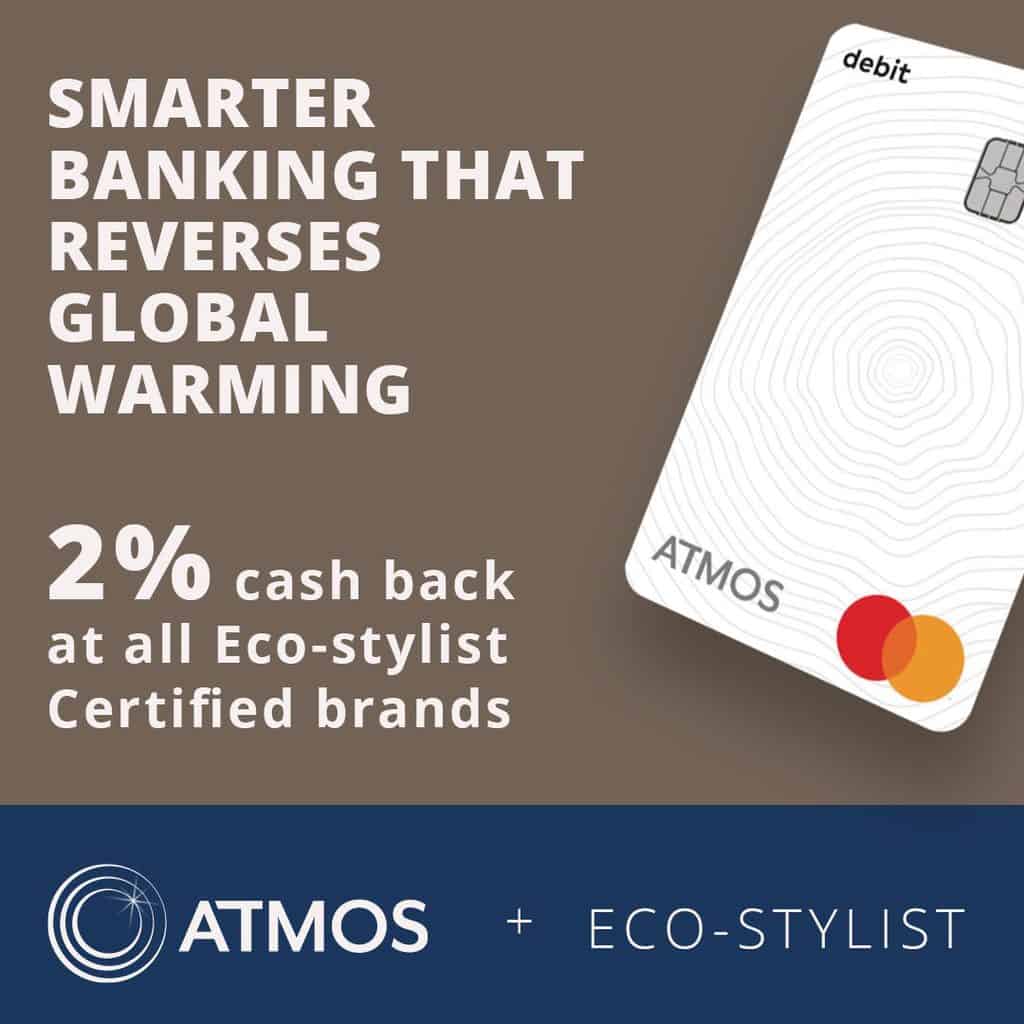





1 thought on “The Dark Side of Fast Fashion: Exploring the Environmental Impact of SHEIN”
shein is good it the best cheap thing